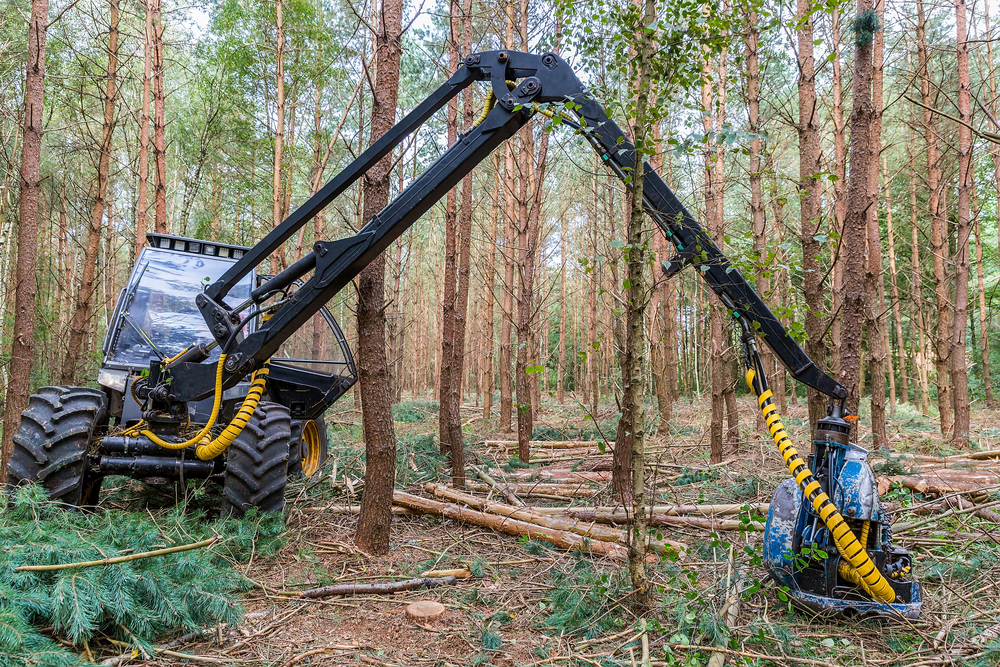Forest managers must exercise restraint in harvesting brushwood in the Dutch regions with the poorest soils, says Anjo de Jong, a researcher at Wageningen Environmental Research. He and his colleagues calculated the loss of nutrients in Dutch forests that results from harvesting logs and branches.
In addition to nitrogen, trees also require nutrients such as phosphor and potassium for their growth. The sandy soils in higher regions are often poor in nutrients, particularly where forests grow on former heath fields and drifting sands. Nitrogen deposition means there is sufficient nitrogen for tree growth. Still, it causes the leaching of other nutrients from the soil. The resulting imbalance diminishes the vitality and hampers the forest’s growth.
Branches
Ecologists see this imbalance in the wood. ‘Dutch trees contain more nitrogen than trees in other countries. At the same time, their phosphor and potassium levels are lower. This matches our expectations for the unique situation (poorer soils in combination with higher nitrogen deposition, ed.).’ This issue is most poignant in logs. The difference in nitrogen levels in branches compared to other countries is smaller, while the difference in nutrients is more significant.
If you remove the branches of coniferous trees, you remove considerably more nutrients.
Anjo de Jong, forest ecologist at Wageningen Environmental Research.
These days, forest managers sometimes harvest top wood and branch wood, in addition to logs, to be used as a source of energy. But they worry about the quality of the soil and the forests’ vitality, says De Jong. The branches contain relatively larger amounts of nutrients than logs. Harvesting branches causes the forest to lose many nutrients.
Coniferous trees
How many nutrients are contained in the brushwood depends on the type of tree. ‘Coniferous trees such as the Douglas fir or the Norway spruce contain many nutrients which are removed together with the brushwood since the needles contain high levels of nutrients.’ The same does not apply to deciduous trees. Here, the nutrients are returned to the soil when the trees drop their leaves in the autumn.
De Jong stresses it is worth exercising restraint in harvesting the logs of oaks, beeches and birches in the poorest soils. ‘These trees’ logwood contains higher levels of nutrients.’ Staatsbosbeheer was involved in the study and has formulated its own guidelines based on the results thereof. Other forest managers have also shown an interest in the research results and recommendations.

 Brushwood from coniferous trees, in particular, holds a lot of nutrients. Photo Shutterstock.
Brushwood from coniferous trees, in particular, holds a lot of nutrients. Photo Shutterstock.